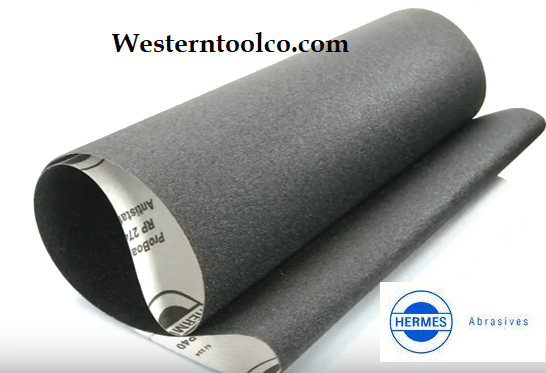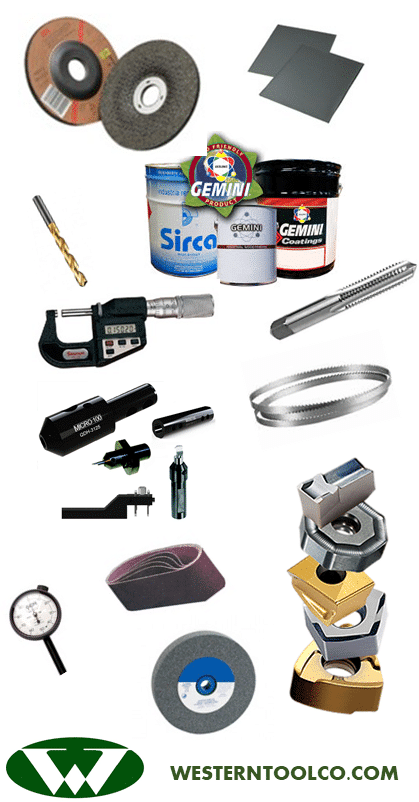
Choosing the Right Grit of Sandpaper
Guest Post By Gene Rodriguez
Using the right sandpaper is the key to a successful project. The right sandpaper can make a job faster and easier. Soft plastic and metal are vulnerable to permanent damage if the wrong sandpaper is used.
Sandpaper is made by binding an abrasive material to a paper or cloth backing. Sandpaper comes in sheets, rolls, bands and disks. Sandpaper intended for use with power tools usually has a heavier backing than hand-use sandpaper.
A Strong Foundation
The material used to hold abrasive grit is called the backing. Several types of backing are available, each with its own qualities.
Paper is the most common backing material for sandpaper. Sandpaper with a stiff paper backing is good for large, flat areas or for use with power tools. Sandpaper with a more flexible paper backing is best for curved or textured surfaces.
Waterproof backing is used for wet/dry applications. A waterproof adhesive keeps the abrasive material attached to the backing when wet sanding or using a lubricant.
Cloth backing is used to create highly flexible sandpaper. Cloth backed sandpaper is best for use with highly contoured or detailed surfaces.
True Grit
The level of sandpaper’s abrasiveness is referred to as its “grit”. The grade of grit is usually printed on the backing of sandpaper using the following scale:
40-60 Coarse
80-100 Medium Coarse
120-150 Medium
180-200 Fine
240 Very Fine
Sandpapers graded above 600 grit are useful for finish sanding on soft surfaces.
But What’s It Made Of?
The abrasive material used to make sandpaper is made of finely crushed minerals. Different minerals are used to sand different materials.
Glass grit sandpaper uses quartz crystals for its abrasive. Glass grit sandpaper is soft and works well with painted surfaces.
Garnet grit is reddish in color and is the most common sandpaper abrasive. Garnet grit sandpaper works well on a wide range of materials.
Aluminum oxide grit sandpaper last longer than glass or garnet sandpapers. It is typically used for sanding metal surfaces and with power sanders.
Silicon carbide grit sandpaper can be used for wet and dry sanding. Silicon carbide sand paper can be used with hardwood, plastic and metal surfaces. This sandpaper is also great for smoothing glass edges.
Article Source: https://EzineArticles.com/expert/Gene_Rodriguez/411746
http://EzineArticles.com/?Choosing-the-Right-Grit-of-Sandpaper&id=2868619




